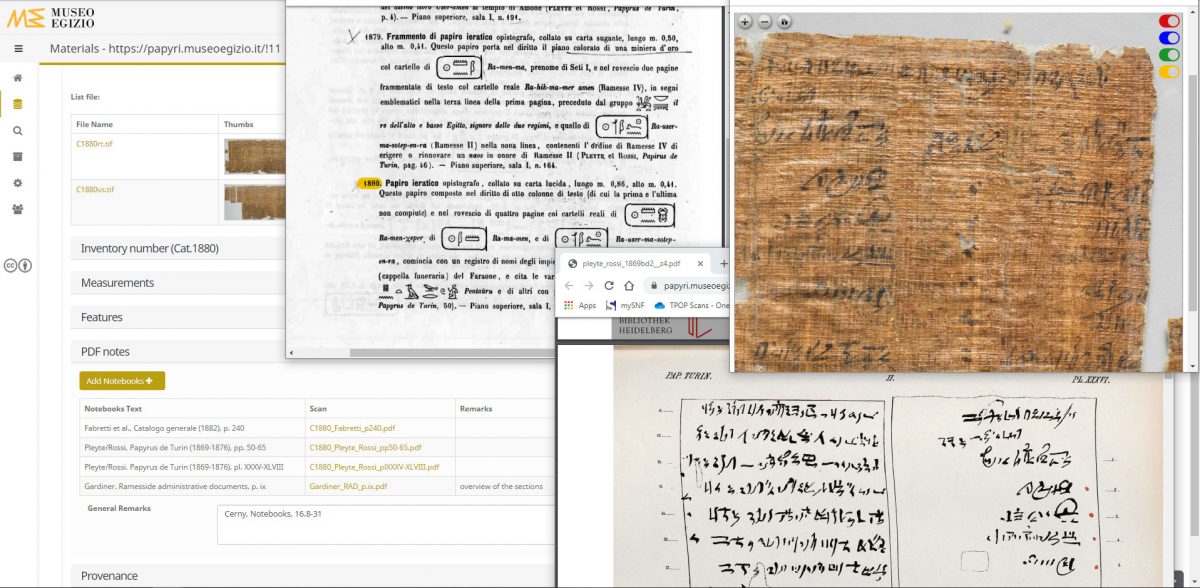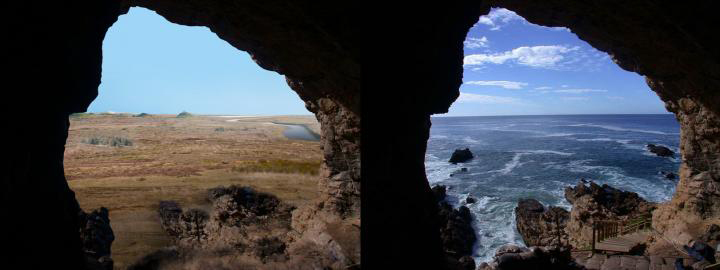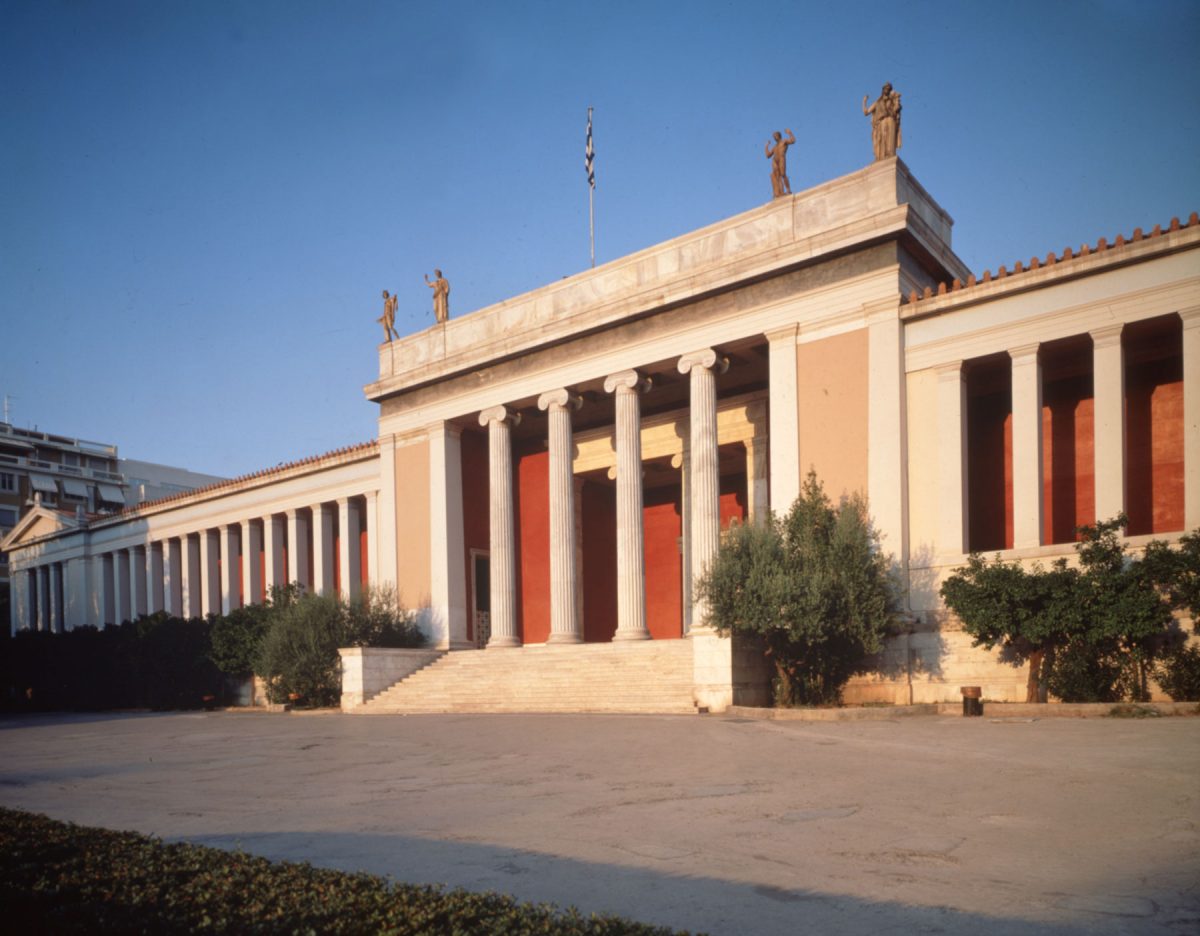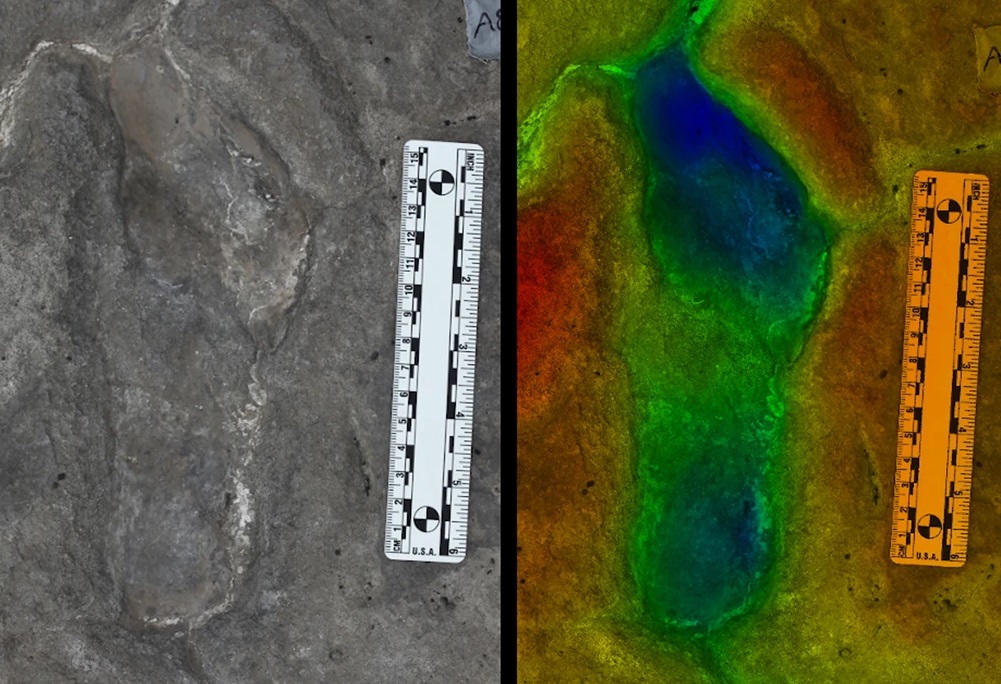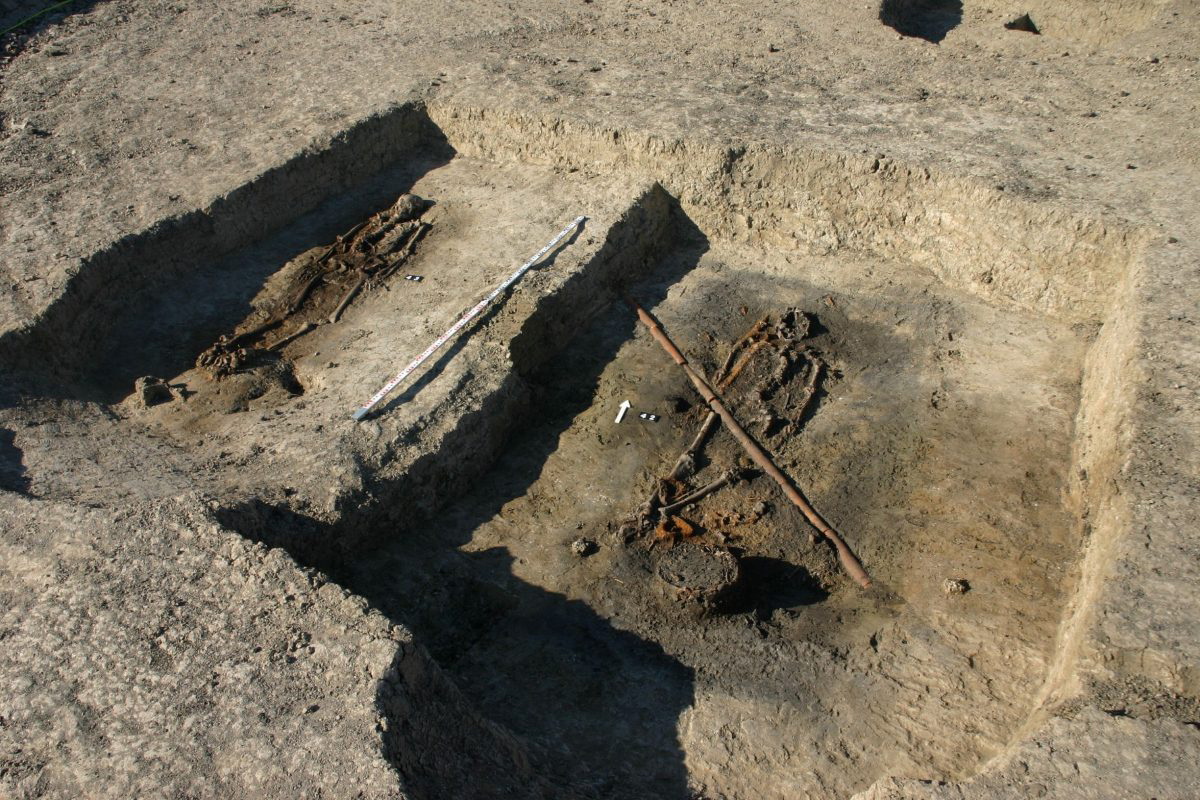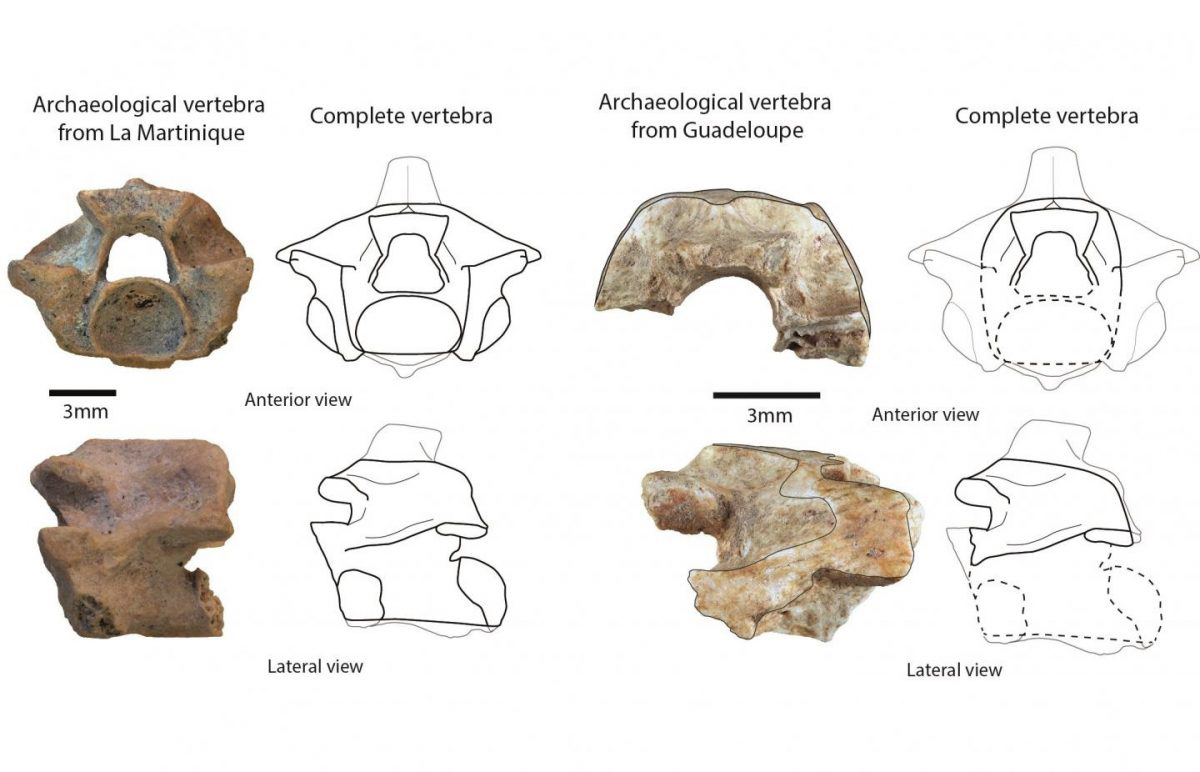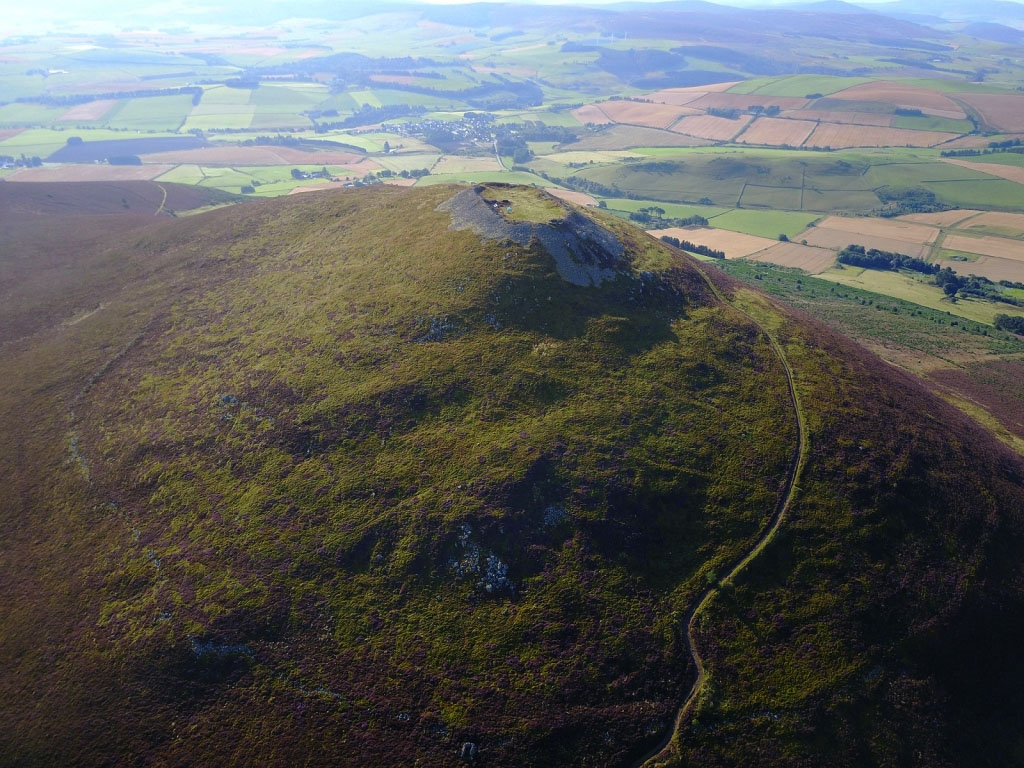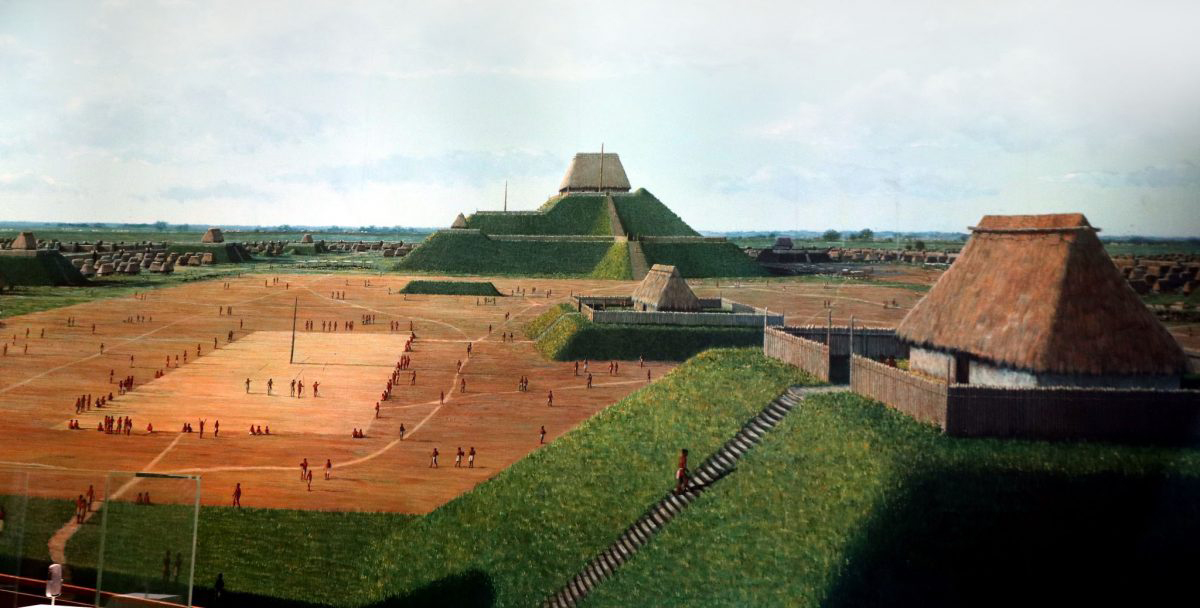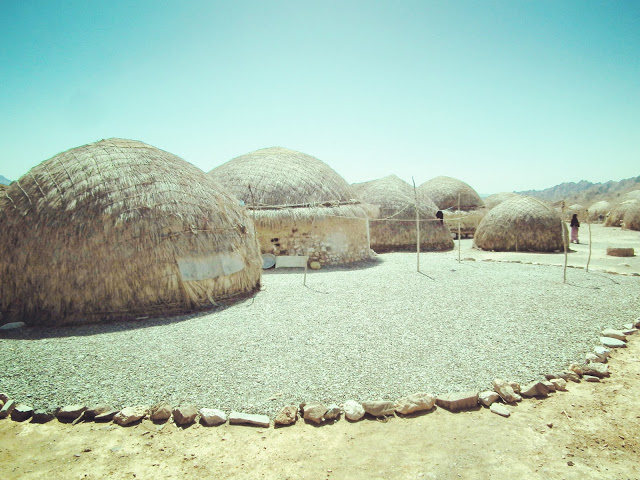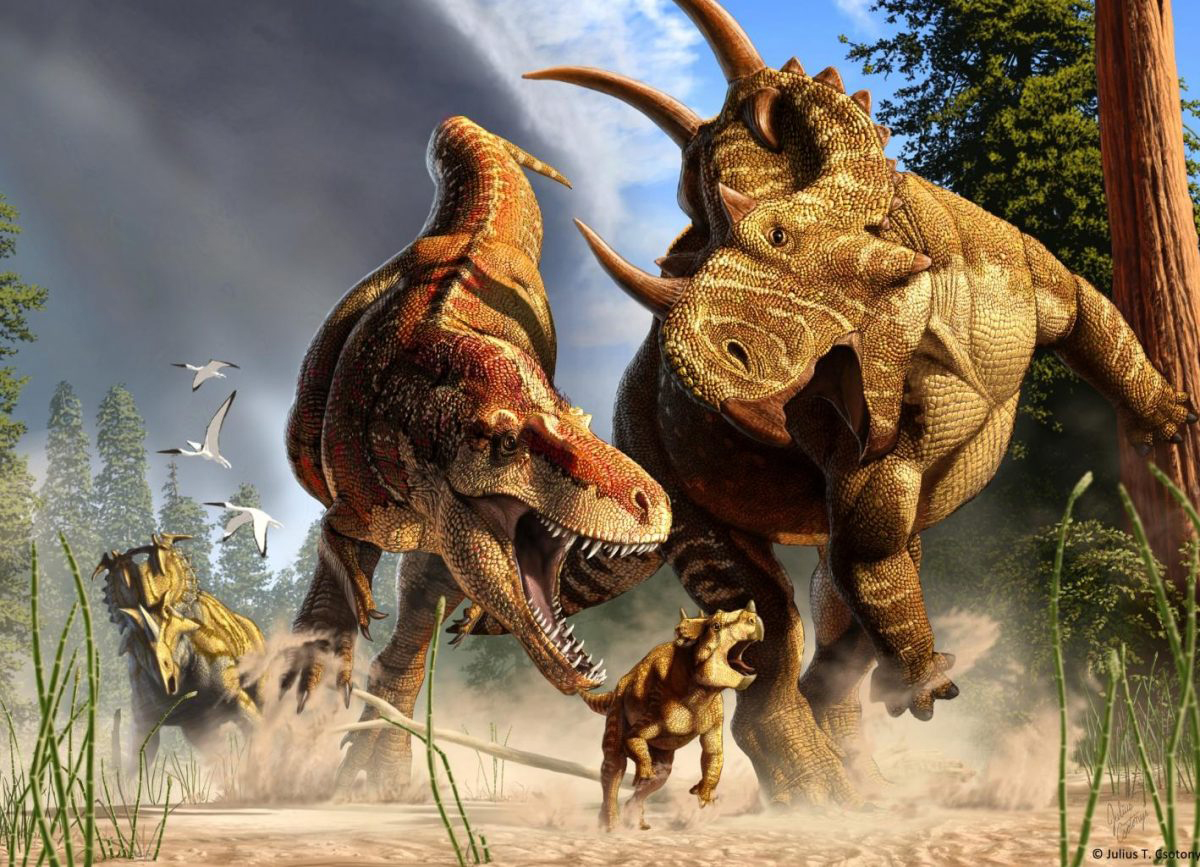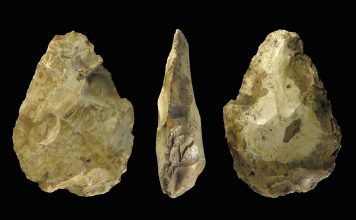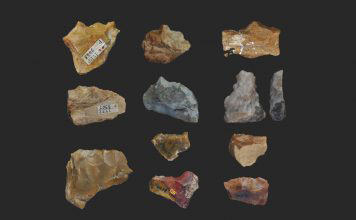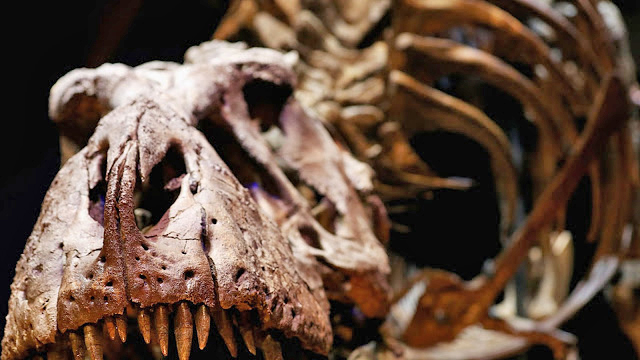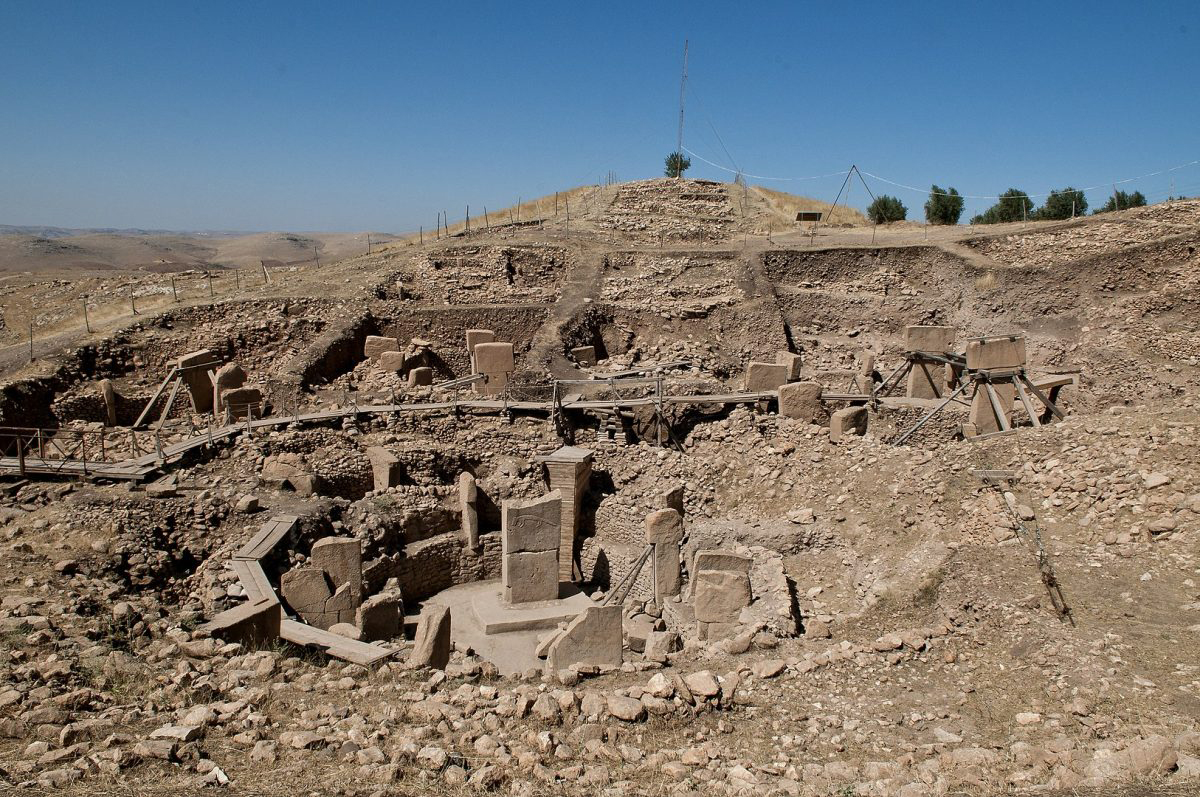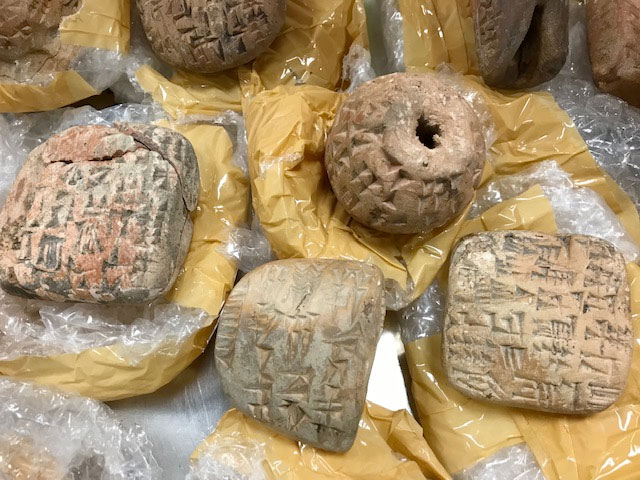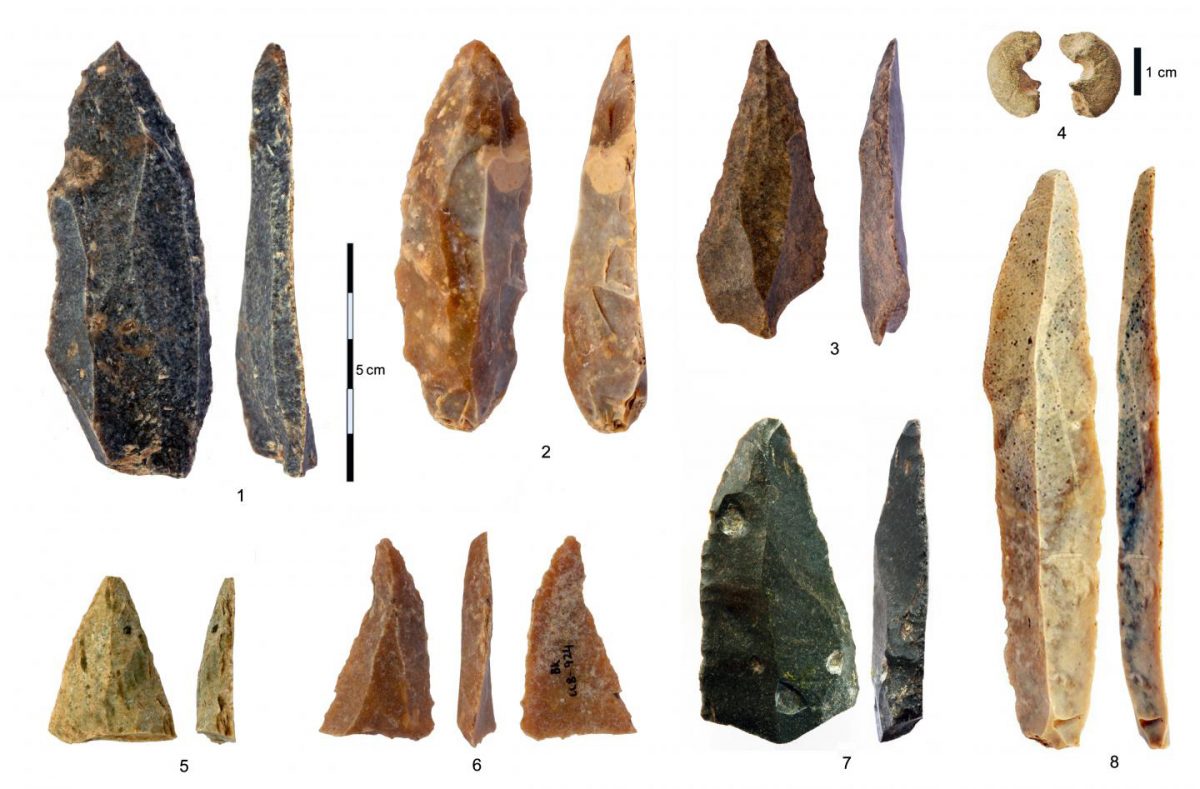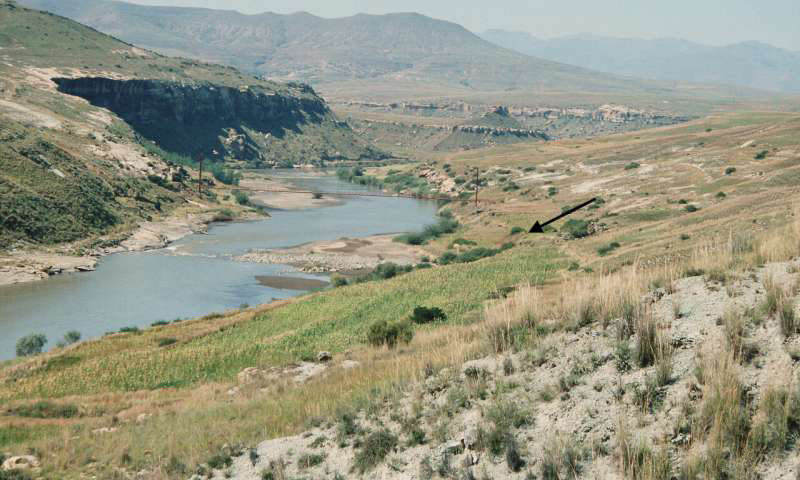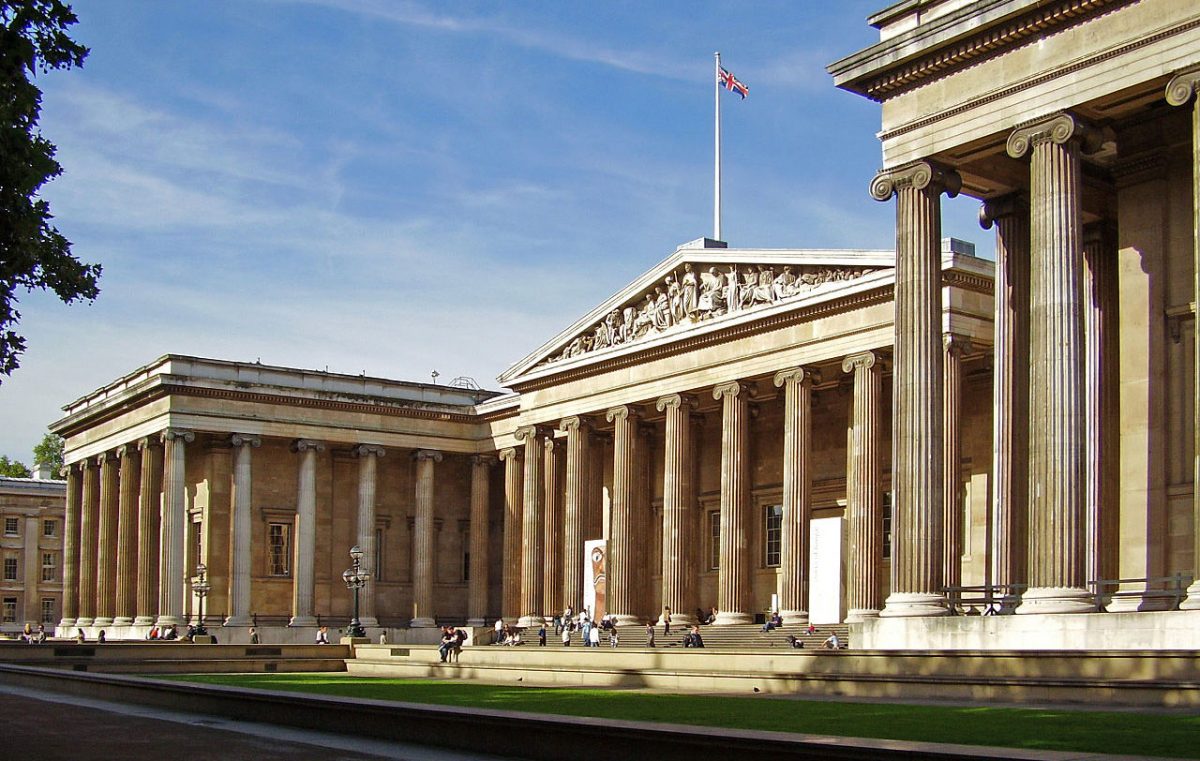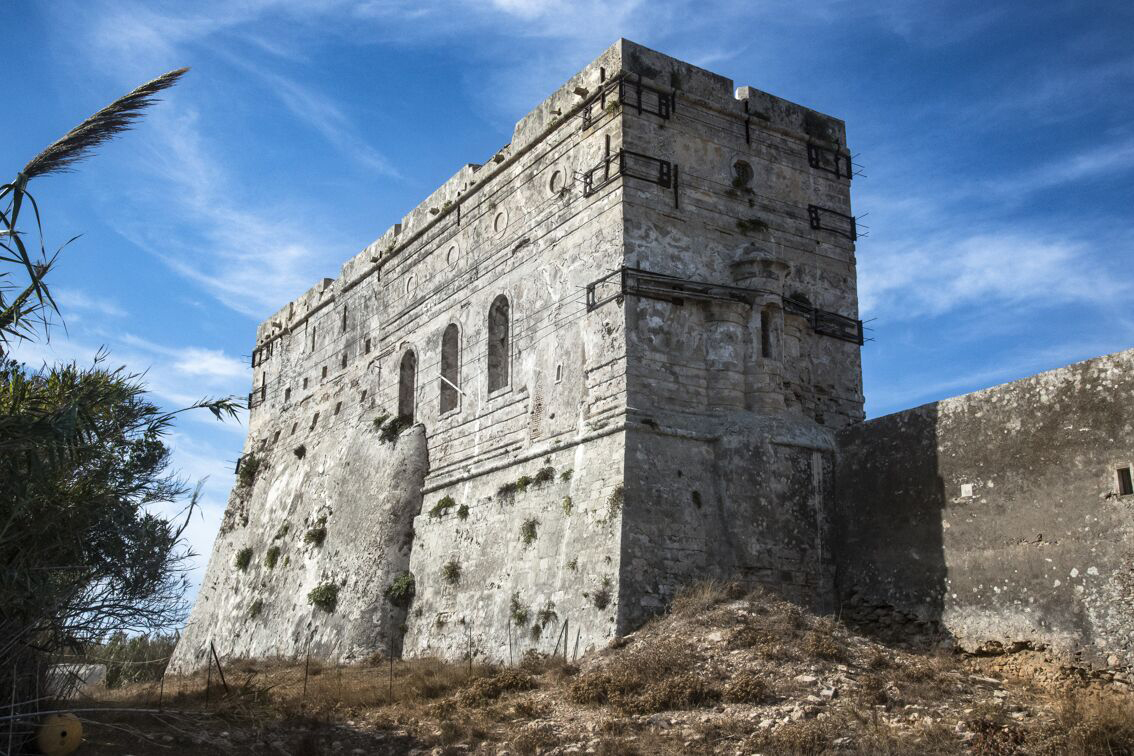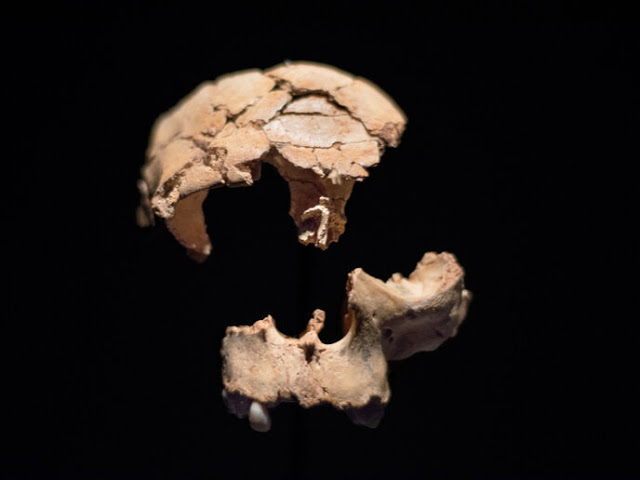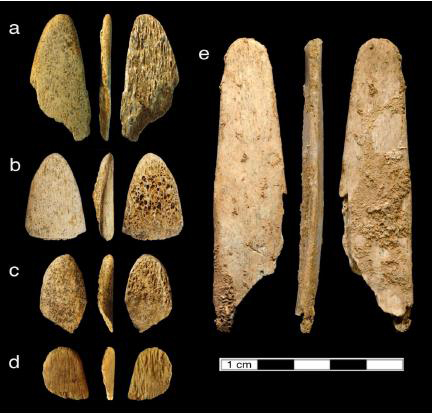Narrating our own cultural experience on PLUGGY
Making the most of the innovative tools provided by the platform, we create unique stories about the past and present of our part of the world.
Sotheby’s: Painting sells for 14 times more than the highest estimate
The oil painting “Still life with fish” by the nun Orsola Maddalena Caccia sold for £212.500 while estimated at £15.000.
Turin Papyrus Online Platform won European Heritage Award 2020
The digitised papyri are in high-resolution, linked with open metadata, available in open-access and can be used "permission-free".
Global cooling event 4,200 years ago spurred rice’s evolution
Scientists use genomics, archeology, and climate data to reconstruct history of rice.
A lost world and extinct ecosystem
On the far southern shores of South Africa scientists have discovered the earliest evidence for symbolic behavior, complex pyrotechnology, projectile weapons and the first use of foods from the sea.
Preparations in museums and archaeological sites
Archaeological sites open on May 18, museums on June 15 and open air cultural events start after July 15.
Ancient human footprints suggest ancestors divided labour
The discovery of fossilised footprints, dating from the Pleistocene period (126,000 to 11,700 years ago), suggests that our ancient ancestors had a division of labour amongst communities.
Four warriors buried in 11th c. tombs in Pomerania came from Scandinavia
Four warriors buried with rich grave offerings in the central part of the cemetery in Ciepłe (Pomerania) came from Scandinavia, expert analyses show.
Snake bone beads made from the boa identified in the Lesser Antilles
A new study of 8 archaeological Boa finds on the islands of the Lesser Antilles has been conducted to provide insights into the relationship between Amerindian groups and Boa before Western colonization.
One of the largest post-Roman settlements in Scotland
A hillfort previously discovered on the summit of Tap O’ Noth in Aberdeen, has been described as one of the largest ancient Pictish settlements ever found in Scotland.
North America’s First City paralleled the onset of corn agriculture
A new study suggests that corn cultivation occurred around AD 900–1000, corresponding to a period when Cahokia was rapidly expanding.
Expedition in Sefidkuh of Makran, Iran
The survey of Makran Sefidkuh in Iran focused on identifying and recording the continuation pattern of settlement of communities in the highland regions.
Tyrannosaurus leg length was built for efficiency, not speed
Research finds leg length gave giant predatory dinosaurs the advantage of efficiency, not speed as previously thought.
The evolution of self-control through ancient tool manufacturing
Human self-control evolved in our early ancestors, becoming particularly evident around 500,000 years ago when they developed the skills to make sophisticated tools, a new study suggests.
Early humans in China innovated technology to adapt to climate change
Archaeologists examined three well-known archaeological sites from the Nihewan Basin in North China.
Can we really tell male and female dinosaurs apart?
In the new study, researchers analysed skulls from modern-day gharials, an endangered and giant crocodilian species, to see how easy it is to distinguish between males and females using only fossil records.
Göbekli Tepe’s construction 11,500 years ago was guided by geometry
Architectural analysis determined that geometry informed the layout of Göbekli Tepe’s round stone monuments and assembly of limestone pillars.
Mesopotamian “antiquities” found at Heathrow have been declared as fake
Experts from the British Museum helped the British customs authorities confirm the suspicious artefacts as fake.
The oldest Upper Paleolithic Homo sapiens in Europe
Two studies report new Homo sapiens fossils from the site of Bacho Kiro Cave in Bulgaria.
Chemical evidence of dairying by hunter-gatherers in Lesotho
Extensive archaeological evidence shows that Early Iron Age agricultural communities settled in the coastal regions of KwaZulu-Natal in South Africa from around AD 400.
Over half the works hosted by the British Museum go online
This latest version of the British Museum's online catalogue includes more than 280,000 photographs on display for the first time.
The last monk of Strofades at the Benaki Museum
On Wednesday 13 May 2020 the Benaki Museum welcomes the exhibition Robert McCabe– Katerina Lymperopoulou ‘The last monk of Strofades’.
Ancient cannibal tooth provides oldest ever evidence of human ancestors
Researchers sequenced the ancient proteins in the enamel of a Homo antecessor tooth and compared these with their equivalents in other hominins like Homo sapiens.
Neandertals were choosy about making bone tools
Evidence continues to mount that the Neandertals, who lived in Europe and Asia until about 40,000 years ago, were more sophisticated people than once thought.


